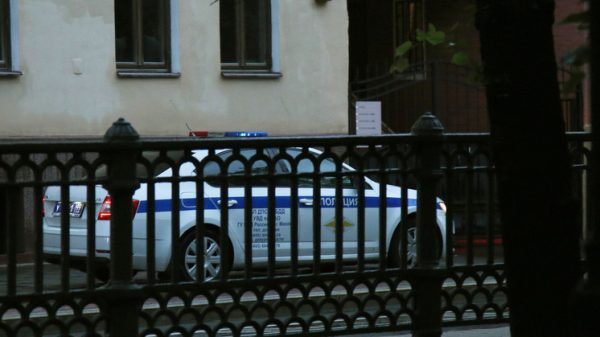The US Capitol has been the scene of bombings, a presidential assassination attempt and countless demonstrations in its more than 200-year-old history.
For the first time on Wednesday, it was the site of an armed insurrection incited by the sitting president.
Washington DC under curfew after storming of Capitol as Pelosi says Congress will resume tonight – live
Read more
The building is relatively accessible to the public. It houses the country’s two legislative bodies, the House of Representatives and the Senate, but anyone can enter after a security screening in the visitor center.
Congressional offices are frequented by protesters and sit-ins. With a little bit of planning, people can interrupt a hearing, though they are often quickly ushered out by Capitol police.
These peaceful scenes are a stark contrast to what happened on Wednesday, when a mob of Donald Trump’s supporters stormed past barricades and clashed with police to enter legislative chambers and congressional offices. A woman was reportedly shot and killed, people working inside were evacuated in gas masks, and rioters clambered up the buildings walls inside and out.
Not since 1814 has the building been breached.
Then, it was by British troops who set fire to the building during a broader attack on Washington in the war of 1812. City residents were aware that the British were approaching and most fled before troops torched the city’s federal buildings and a few warships.
The Capitol was under construction at the time, and while a considerable portion was destroyed, it had been built with many fireproof materials that allowed for the preservation of the exterior and many interior rooms, according to the Architect of the Capitol. Still, the fire was persistent enough to burn documents, melt glass lights and destroy statues.
In the 200 years since, other violent attacks and bombings have occurred on the US Capitol grounds.
At a funeral in January 1835, an unemployed painter, Richard Lawerence, attempted to shoot president Andrew Jackson, but the bullet failed to discharge.
During the first world war, a professor named Eric Muenter planted a bomb in the Senate reception room, which went off near midnight and resulted in no injuries. He had killed his wife years before the bombing and was later arrested for trying to kill the banker JP Morgan.
In 1954, four armed Puerto Rican separatists entered the House floor and shot indiscriminately at House representatives, wounding five.
In March 1971, the far-left Weather Underground bombed the Capitol in protest of military action in Laos, causing hundreds of thousands of dollars of damage, but resulting in no deaths.
In November 1983, a bomb was planted in protest of US military efforts in Grenada and Lebanon. It also went off without causing injuries or deaths.



















































Свежие комментарии